This post may contain affiliate links. Please read our disclosure policy.
This foolproof classic Rye Bread recipe creates two perfect loaves with rich molasses flavor and optional caraway seeds. Learn my expert tips for baking this classic bread at home!
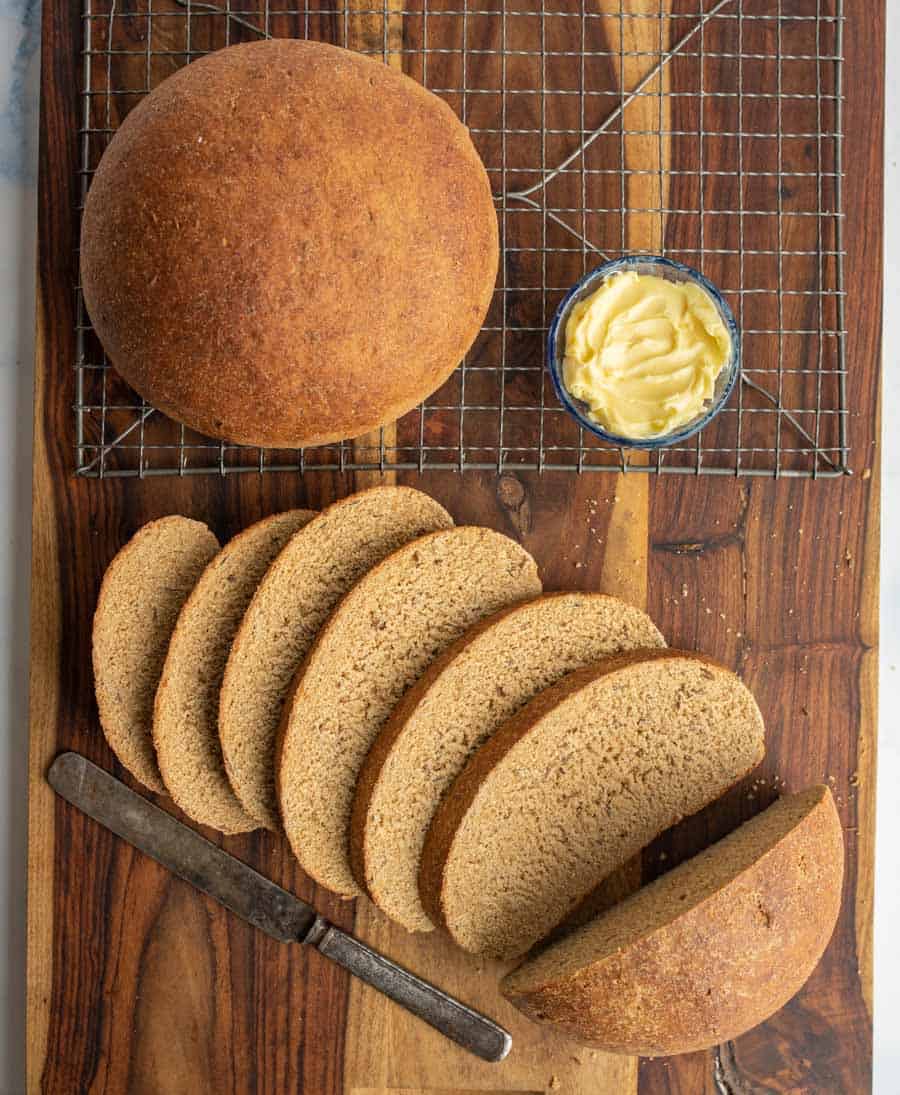
🥖 Rye bread freezes beautifully as do most breads. I slice it before freezing so it is easy to pop in the toaster when I’m craving a slice!
My 2 Best Tips For This Rye Bread Recipe
- Develop the Gluten: Don’t skip the extra 2-3 minutes of mixing after adding the all-purpose flour. This crucial step develops the gluten network that gives your bread structure, especially important since rye flour has less gluten-forming potential.
- Test for Proper Kneading: Your dough is properly kneaded when it passes the “windowpane test”—a small piece can be stretched thin enough to see light through without tearing. For rye bread, the dough won’t stretch as much as white bread dough, but should still have elasticity.
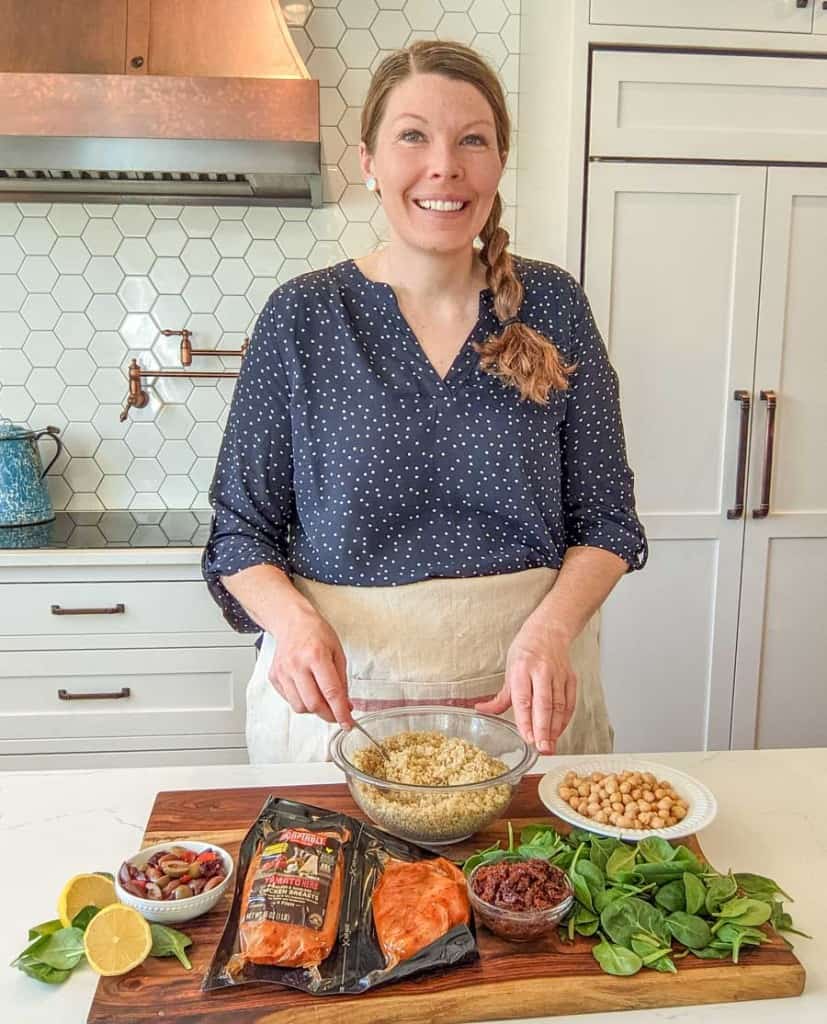
🩷 Melissa
Rye bread typically has a dense and hearty texture, which some people prefer over lighter, fluffier bread varieties.
It has a distinctive and robust flavor that can range from mildly sweet to slightly tangy, depending on the type of rye flour used and the fermentation process.
Caraway seeds have a very specific flavor and I love them in rye bread. That being said, my kids don’t love them, so I’ll often make a batch without the seeds for them!

Rye Bread
Ingredients
- 3 tablespoons active dry yeast
- ¾ cup warm water
- 2 cups warm milk
- ¼ cup molasses
- 3 tablespoons melted butter
- 1 tablespoon salt
- 2 tablespoons caraway seed
- 4 cups all-purpose flour
- 3-4 cups dark rye flour
Instructions
- In a large mixing bowl dissolve the yeast in warm water and the allow the mixture to sit for 3-5 minutes.
- Add the milk, molasses, butter, salt, caraway seeds and the all purpose flour.
- Mix very well until smooth and continue to mix for another 2-3 minutes at this stage (this helps to develop the gluten).
- Add enough rye flour to make dough easy to handle and stir to incorporate as well as you can.
- Remove the dough from the bowl and place it on a floured work surface.
- Knead dough until smooth (about 10 minutes), gradually adding any remaining rye flour.
- Place the smooth dough in a greased bowl (I just grease the one I mixed it up in).
- Turn the dough around until greased side is up. Cover and let rise for 1 hour.
- Punch down dough and remove it from the bowl onto a lightly floured surface.
- Divide into two even pieces. Form each piece of dough into round loaves.
- Place the shaped loaves on a parchment lined baking sheet and let rise until double (about 1 hour)
- Bake at 425°F for 25-30 minutes or until the top is a deep brown.
- Remove from the oven and allow to cool at least 30 minutes before slicing.

Notes
- Sourdough Starter: Instead of using commercial yeast, some bakers prefer to make rye bread with a sourdough starter. This natural fermentation method gives the bread a distinct tangy flavor and can be a great option for those who enjoy sourdough bread.
- Honey or Maple Syrup: If you don’t have molasses or prefer a different sweetener, you can substitute honey or maple syrup for a unique flavor twist.
- Olive Oil or Vegetable Oil: While melted butter is traditional, you can use olive oil or vegetable oil for a different taste and texture. Olive oil can add a fruity note to the bread.
- Seeds and Nuts: In addition to caraway seeds, you can experiment with other seeds like fennel, anise, or sesame seeds. Adding chopped nuts, such as walnuts or sunflower seeds, can also provide extra texture and flavor.
- Rye Flour Options: You can use light rye flour if that’s what you have on hand. I like the dark rye as it lends to a little more flavor in my opinion. It’s the whole grain version of light rye (like a whole wheat flour vs. all-purpose) and it adds a lot to the texture of the bread too.
- Be sure to store the bread in a paper bag or bread box rather than a plastic bag to keep it from getting soggy.
- Rye bread freezes beautifully! Slice it before freezing so it is easy to pop in the toaster when you are ready to eat it.
Nutrition
Recipe FAQs
Yes, you can use light rye flour instead of dark rye. The dark rye flour provides a more robust flavor and denser texture since it’s the whole grain version (similar to the difference between whole wheat and all-purpose flour). Your bread will be slightly milder in flavor and lighter in color with light rye, but still delicious!
Yes, this recipe can be adapted for a bread machine. Place the ingredients in your machine in the manufacturer’s recommended order (typically liquids first, then dry ingredients with yeast last). Use the whole grain or basic bread cycle, and check the dough during the initial mixing phase to ensure proper consistency, adding small amounts of flour or water if needed.
No, caraway seeds are optional. While they provide the traditional flavor many associate with rye bread, the recipe will work perfectly without them. As noted in the recipe, you might prefer making a batch without caraway seeds if you’re baking for those who don’t enjoy their distinctive taste.
More Bread Recipes to Consider
Homemade Bread
100% Whole Wheat Bread Recipe
Homemade Bread
Soft Whole Wheat Sandwich Bread Recipe
Yeast Bread Recipes
Brioche Bread
Yeast Bread Recipes
Challah Bread
Did you make this recipe? Leave a ⭐️ review and share it on Instagram, Facebook, or Pinterest!

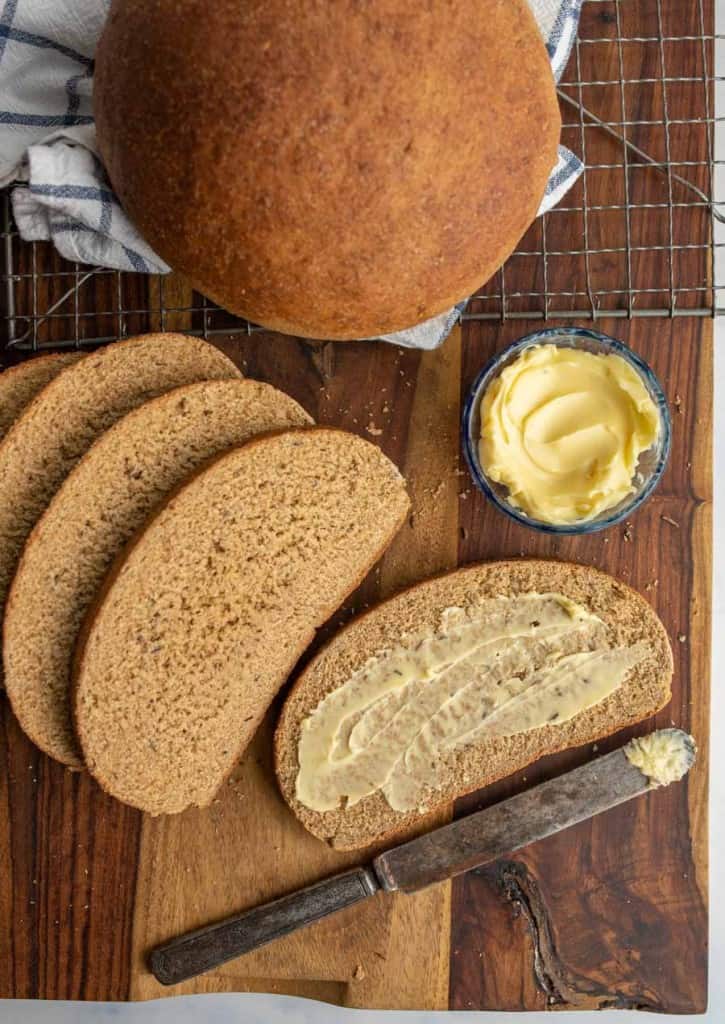
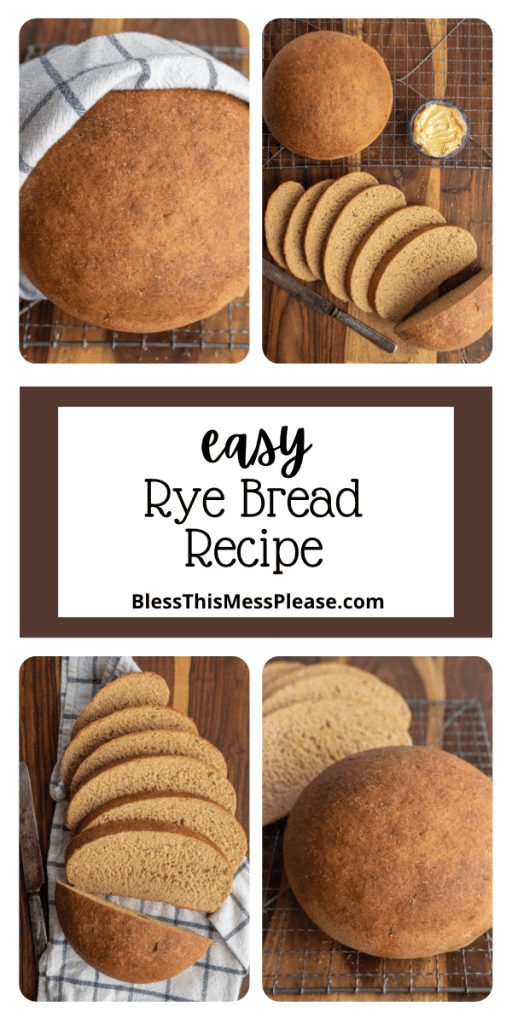
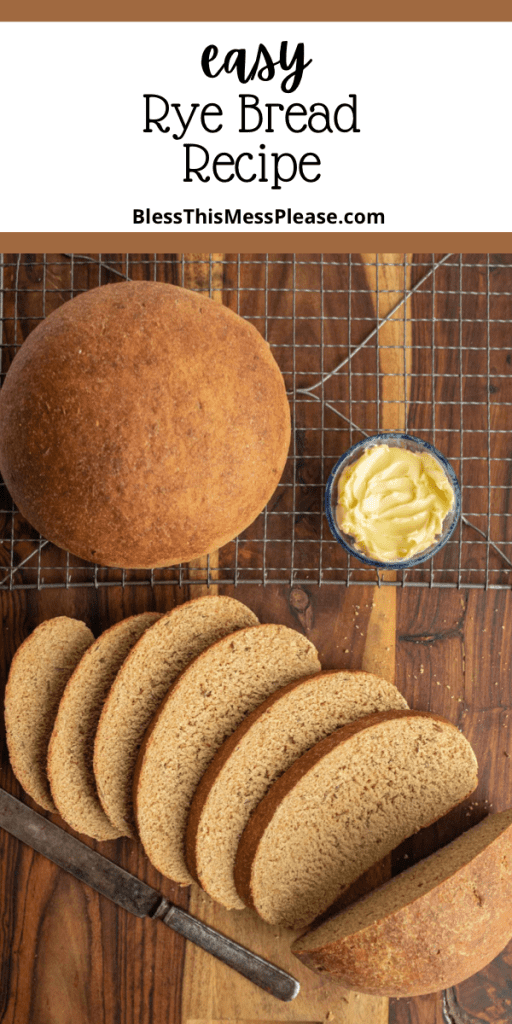
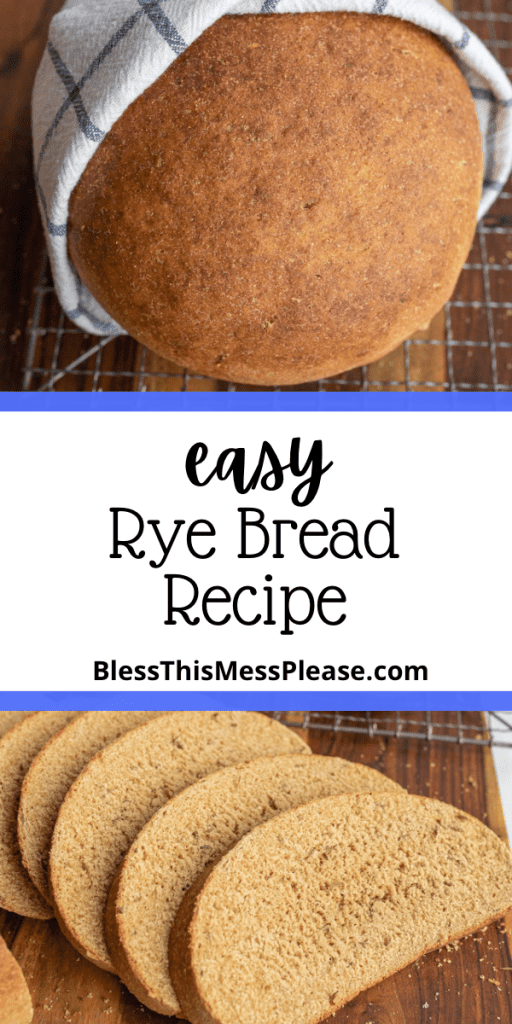
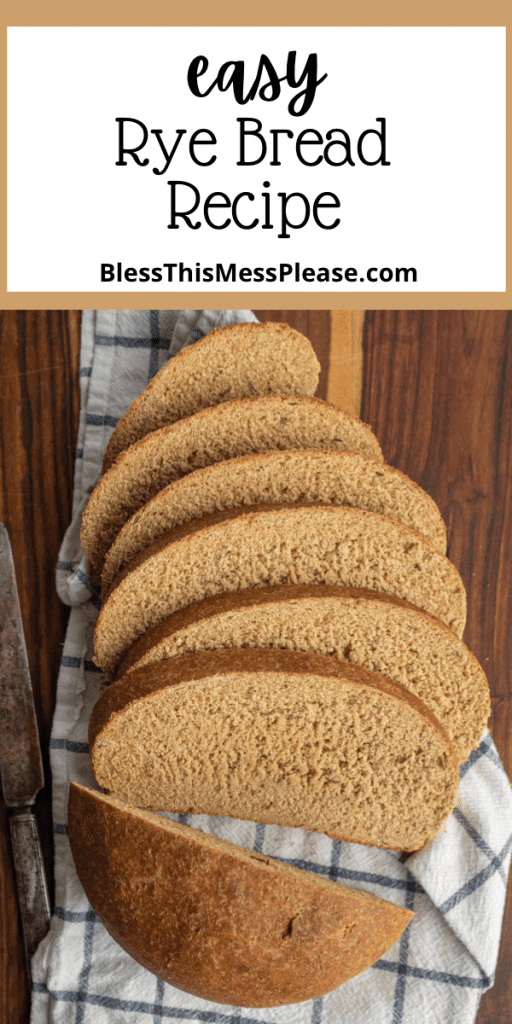
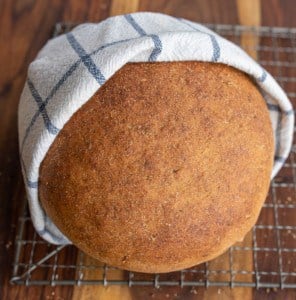
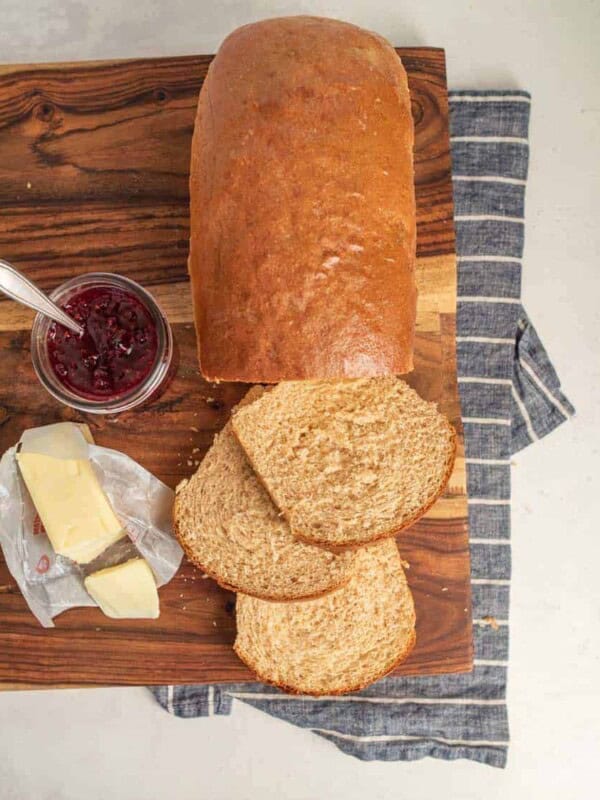
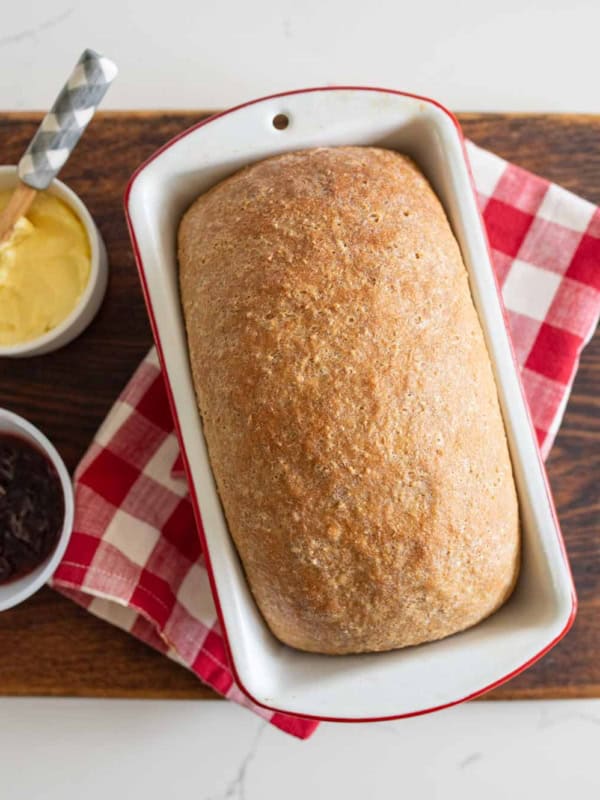
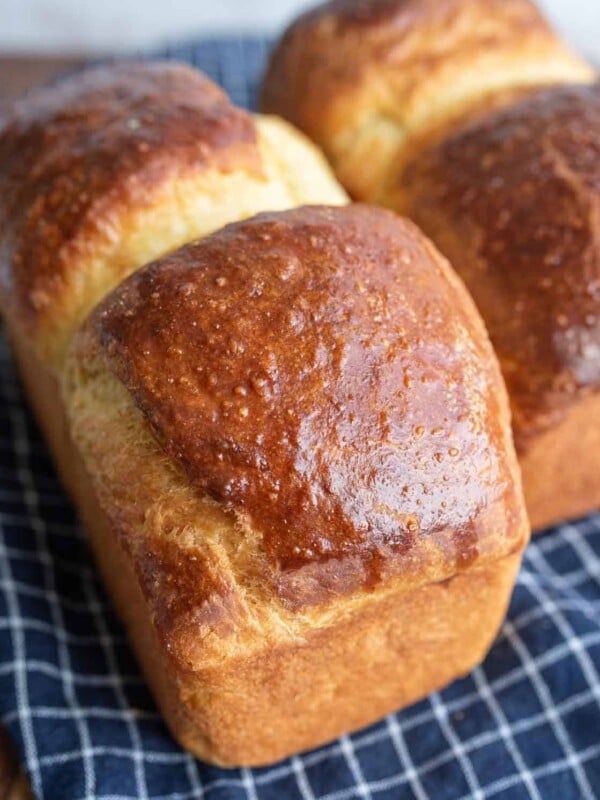
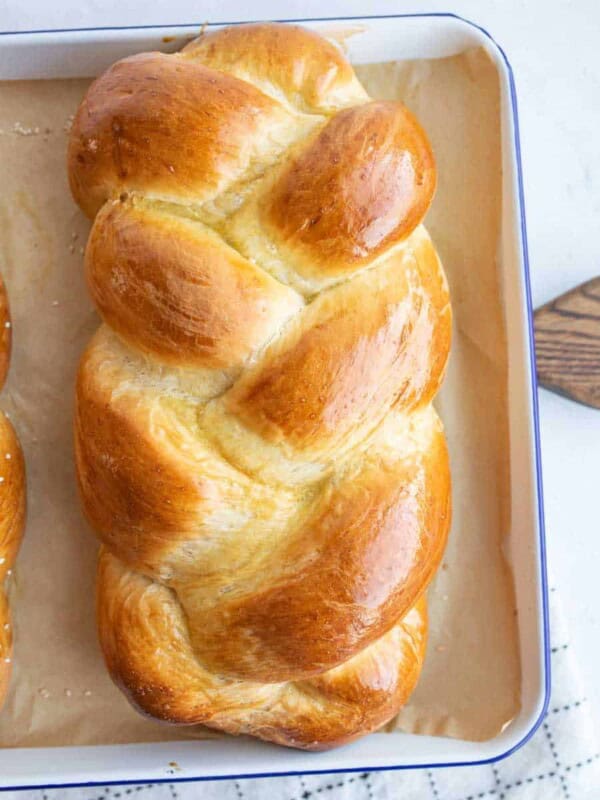
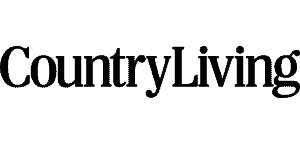





This is the BEST rye bread recipe I have made. The loaf came out perfect, just like the photo. The bread is still moist, not dry, after 3 days. And it makes a great toast. So glad I found this recipe and have bookmarked it for the future. I don’t have to look any further for a rye bread recipe.
I’m so glad you like it, it’s on my list to make this week too!
Can I use Black strap Molasses? Thank you.
You can but it’s very bitter. I would not recommend it but it is possible.
Hi Melissa
Is there supposed to be 3 Tablespoons of yeast? Or is it 3 teaspoons? Sorry it just seems like a Lot of yeast
It is tablespoons, it need a bit of UMMMPPHH to get that whole grain goodness fluffy.
Can I do this in bread pans instead of rounds on parchment paper?
Yes! The oven time might need a little adjusting…
Loved the fine texture and flavor of this bread.I used almond milk because that’s what I had. I formed the dough into two long loaves but would use bread pans next time. I will make this again.
My loaves were heavy and dense, the taste is there and I will use the bread, I was just a bit disappointed that there wasn’t too much ‘fluffiness’ or air bubbles to give it a light bread feel. I’m pretty experienced with baking breads so I’m not sure where I went wrong or if it’s supposed to be like that. Just seemed a bit dense. It was my first time using rye flour, maybe next time I’ll mix bread flour with the rye flour and see if that helps. If there’s any suggestions I appreciate it as we love rye.
Did they have enough time to rise? Is your yeast fresh? Adding bread flour will definitely help with structure. The bread has a very tight crumb but I wouldn’t call it dense. Don’t expect any air bubbles or holes but it shouldn’t feel like it’s under cooked…
Can you make this in a bread machine?
I assume so but I haven’t tried it. If you do will you let us know??
Hi Melissa
Is it really 3 T of yeast?
I made this yesterday and I had to throw it out.
Why did you have to throw it out? It is that much because the whole grains need some extra help in the rising department.
Can you use a stand mixer?
For sure.